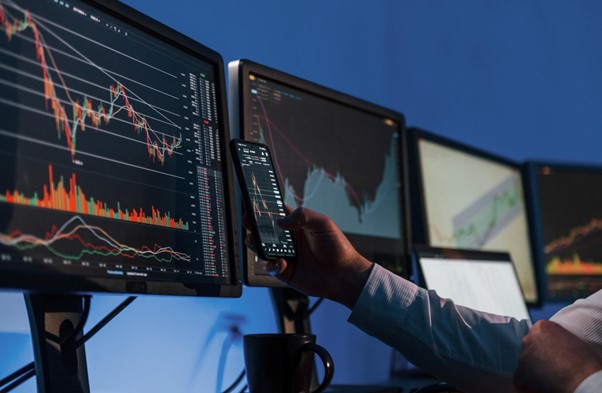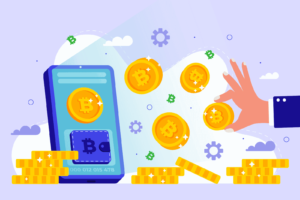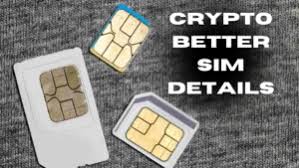Cryptocurrency trading is a risky venture for investors. Traders need to track the highly volatile markets where the value of assets rises and drops by hundreds of dollars overnight and decide which of the thousands of coins and tokens is best.
Luckily, crypto trading is a skill you can learn through practice. You will get a real feeling of the markets and develop techniques on when to buy or sell your assets. In addition, you will get to gauge your readiness before putting any real money on the line.
In their article, TU experts explored crypto paper trading, the best crypto paper trading apps and simulators, if you should try them out, how to get started, and how to successfully paper trade crypto.
Should I Try a Paper Trading App?
Paper trading offers several benefits to individuals looking to learn and practice trading strategies without risking real money. Some benefits of paper trading include:
- Risk-free environment. Paper trading allows you to trade in a risk-free environment. Since you are using virtual money, there is no real financial risk involved. This provides an opportunity to experiment with different trading strategies, test new ideas, and gain experience without the fear of losing money.
- Learning and skill development. Paper trading is an excellent way to learn the ins and outs of trading. It allows you to familiarize yourself with trading platforms, understand order types, practice technical analysis, and explore different trading instruments. You can gain valuable insights into market dynamics, price movements, and trading patterns, which can help improve your trading skills.
- Strategy testing and refinement. Paper trading provides a platform to test and refine your trading strategies. You can execute trades based on specific indicators, timeframes, or risk management rules and evaluate the outcomes. This helps you identify strengths and weaknesses in your strategy, make necessary adjustments, and gain confidence in your approach.
- Market familiarization. Paper trading allows you to become familiar with different markets and trading instruments. Whether it’s stocks, cryptocurrencies, forex, or commodities, you can explore various markets and understand their unique characteristics and trading dynamics. This knowledge can be valuable when you decide to trade with real money.
- Emotion management. Trading can be emotionally challenging, and emotions often influence decision-making. Paper trading provides an opportunity to practice managing emotions such as fear, greed, and impatience. By observing your emotional responses in simulated trading scenarios, you can develop discipline, patience, and control over your trading decisions.
How to get started with crypto paper trading?
Getting started with crypto paper trading, also known as virtual or simulated trading, allows you to practice trading cryptocurrencies without risking real money. Here is a step-by-step guide to help you get started:
- Choose a paper trading platform. Look for a reliable paper trading platform that supports cryptocurrencies. Some popular options include TradingView, CoinMarketGame, and CryptoCompare.
- Sign up and create an account. Register for an account on the chosen paper trading platform. Provide the necessary information and complete the registration process.
- Familiarize yourself with the platform. Take some time to explore and understand the features of the paper trading platform.
- Set up a virtual portfolio. Create a virtual portfolio by allocating a specific amount of virtual currency to trade with. This simulates the capital you would have in a real trading account.
- Define your trading strategy. Before you start trading, establish a trading strategy. Determine your preferred cryptocurrency trading pairs, timeframes, indicators, and risk management rules.
- Start virtual trading. Once you have your virtual portfolio and trading strategy set up, you can begin executing virtual trades. Analyze the market, identify potential trading opportunities, and make simulated buy and sell orders based on your strategy.
- Gradually transition to real trading. Once you feel comfortable and have gained sufficient experience through paper trading, you may consider transitioning to real trading with real money. Start with a small amount of capital and apply the knowledge and skills you have acquired during paper trading.
Summary
Overall, paper trading provides a low-pressure environment for learning, practicing, and developing trading skills. It allows you to make mistakes, learn from them, and gain valuable experience before committing real money to the market. However, it’s important to note that paper trading does not fully replicate the emotions and psychological aspects of real trading, so transitioning to real trading should be approached with caution and proper risk management.





Be First to Comment